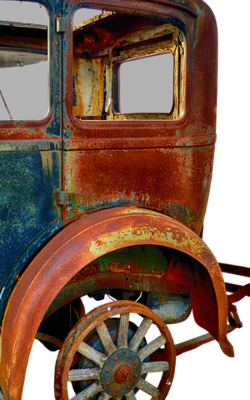Indian Womanhood
Indian Womanhood


If India is proud of anything, it is of this, that the ideal of womanhood expressed by her poets and seers cannot be improved upon. What is that ideal? In the first place, a woman is the center of the home and the hearth.
“Women are the epitome of strength, care, affection, love, sacrifice, and courage. Today’s environment is changed infinitely but women are still neglected in several ways. The day a woman can live with full respect, with their own identity, freedom, and safety can walk freely and safely on the roads at night, from that day we can say that India has achieved independence. TRUE RESPECT, as well as the PROTECTION, is the REAL INDEPENDENCE and FREEDOM”. -Upasana Pattanayak
A home is a home because of the housewife. And a working woman can manage both the home and job. She tends her home without any selfishness but with silence, self-effacing sacrifice for the good of the home over which she presides queen-like. Secondly, a woman is her husband’s partner in life and a sharer in all his joys and sorrows. The performance of his duties is as much his religion as hers, and therefore she has been called his other-self. Thirdly, a woman’s jewel is her chastity; it is this emphasis on chastity that is the distinctive characteristic of the Indian woman as contrasted with the women of any other country. It is the importance that is then attached to chastity that has made her value a single marriage. After all, where this is absent a home is not a home, be it ever so homely, but only a mockery and a pretense. Finally, a woman is assured of equal privileges with men. She is entitled to all the consideration and all the opportunities that are customarily allowed to men. It must, however, be admitted that in actual practice we see a wide departure from all these high ideals which are professed. Out of his selfishness, and also being the predominant partner, man has managed to confine a woman to her home and has denied her those opportunities of freedom and growth which the Sastras enjoin. The average Indian hailed with approval Hitler’s reactionary slogan for women – “Back to the kitchen”. Man lives his own life in the outside world, while woman pursues the monotonous round of her domestic duties. The arrangement has been selfishly convenient for him, for it has saved him much trouble. And he has reconciled woman to this limited life by impressing upon her the greatness and the glory of the Indian ideal. The fact is that ideals are never unalterable or eternal. Ideals change and pass according to the change in outward situations and circumstances. In ancient India, women mixed freely with men and took their part in the full life of the nation. The ancient scriptures and literature record innumerable cases in which women excelled as poets and philosophers and scientists, and even as warriors and statesmen. They were held in high respect by all and their counsel was sought on many occasions. But as India passed through the Muslim Age the emphasis shifted. In the Muslim period of our history, our women in India accepted the purdah, and in the South the cramping restrictions of rigid orthodoxy, and retired into the seclusion of the home. This is how we came to attach greater importance to the domestic type of woman, and our ideal became contracted and narrow. Then came the British period in our history.
“Indian great movement of Independence from the slavery of British rules was incomplete without the significant, enormous and countless contribution as well as sacrifices by female freedom fighters. This Independence Day, let’s not forget the endless efforts and sacrifices for INDIA made by FEMALE INDIAN FREEDOM FIGHTERS”. -Upasana Pattanayak
Amidst the rich Anglicised classes, the tendency grew of imitating English ways. The majority remained retiring and domestic, but the women belonging to the new aristocracy, who owed their wealth and position to English patronage, made themselves, with the help of paint and powder, artificial imitations of the society ladies of the West. The spectacle was ridiculous and even vulgar, but the habit spread and imitation destroyed whatever charm there might be in this. Of course, with the growth of freedom in our political life and the pressure of economic circumstances there is bound to be a further adaptation of ideals. We can visualize our future women as being true helpmates of men, not only in the domestic sphere but in every sphere of life. We can visualize them also as having an independent life of their own, pursuing their own avocations and developing their own special aptitudes, and thus in every way fulfilling in a more complete sense her function in life. In conformity with modern opinion, our constitution has given our women equal rights with men. They can complete the highest posts in the services. They have been teachers always; now they are lawyers and doctors and engineers. And we will find ample support for this freedom and equality in our ancient Shastras, and extol that also as an Indian ideal. The only true ideal for women as well as for men is to be true to themselves, to develop their personalities, and yet to remain an integral part of the social system into which they happen to be placed. Freedom is the breath of life.
“The women are the most independent creature in this world conveys the message of the exact value of freedom. People make them imprisoned in their houses for their joy of entertainment. But they lose their independence and their freedom is limited to a certain cage like birds. They have their rights too”. – Upasana Pattanayak
“Every girl wants to be like a butterfly...But this happens very rarely...Maybe a girl's life would have been like a free independent beautiful butterfly...!” –




























































